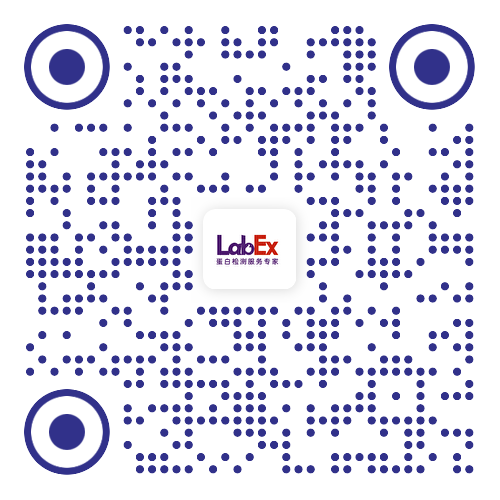Amyloid-beta 42 adsorption following serial tube transfer
MSD- Alzheimers Res Ther
- 2014
- 7.6
- 138(1):3-20.
- Human
- MSD
- 生物标志物
- Cerebrospinal fluid (CSF)
- 生物标志物
- Aβ38 (6E10),Aβ40 (4G8),Aβ40 (6E10),Aβ42 (6E10)
- doi 10.1186/alzrt236.
相关货号
LXMH03-1
Abstract
Introduction: Cerebrospinal fluid (CSF) amyloid-beta 38 (Aβ38), 40 (Aβ40), 42 (Aβ42) and total tau (T-tau) are finding increasing utility as biomarkers of Alzheimer's disease (AD). The purpose of this study was to determine whether measured CSF biomarker concentrations were affected by transfer of CSF between tubes, and whether addition of a non-ionic surfactant mitigates any observed effects.
Methods: AD and control CSF was transferred consecutively between polypropylene tubes. Aβ peptides and T-tau were measured with and without addition of Tween 20 (0.05%).
Results: Measured concentrations of Aβ42 decreased by approximately 25% with each consecutive transfer. Measured concentrations of Aβ38 and Aβ40 were also observed to decrease significantly with each consecutive transfer (approximately 16% loss per transfer). Measured concentrations of T-tau also decreased significantly, but at much smaller magnitude than the Aβ peptides (approximately 4% loss per transfer). The addition of Tween 20 mitigated this effect in all samples.
Conclusions: Consecutive CSF transfer between tubes has a significant impact on the measured concentration of all Aβ peptides, and significant effect of lesser magnitude on T-tau. This would be sufficient to alter biomarker ratios enough to mislead diagnosis. The introduction of Tween 20 at the initial aliquoting stage was observed to significantly mitigate this effect.
Methods: AD and control CSF was transferred consecutively between polypropylene tubes. Aβ peptides and T-tau were measured with and without addition of Tween 20 (0.05%).
Results: Measured concentrations of Aβ42 decreased by approximately 25% with each consecutive transfer. Measured concentrations of Aβ38 and Aβ40 were also observed to decrease significantly with each consecutive transfer (approximately 16% loss per transfer). Measured concentrations of T-tau also decreased significantly, but at much smaller magnitude than the Aβ peptides (approximately 4% loss per transfer). The addition of Tween 20 mitigated this effect in all samples.
Conclusions: Consecutive CSF transfer between tubes has a significant impact on the measured concentration of all Aβ peptides, and significant effect of lesser magnitude on T-tau. This would be sufficient to alter biomarker ratios enough to mislead diagnosis. The introduction of Tween 20 at the initial aliquoting stage was observed to significantly mitigate this effect.
金课堂之文献解析 文献原文请点击
本网站销售的所有产品及服务均不得用于人类或动物之临床诊断或治疗,仅可用于工业或者科研等非医疗目的。











 沪公网安备31011502400759号
沪公网安备31011502400759号
 营业执照(三证合一)
营业执照(三证合一)


